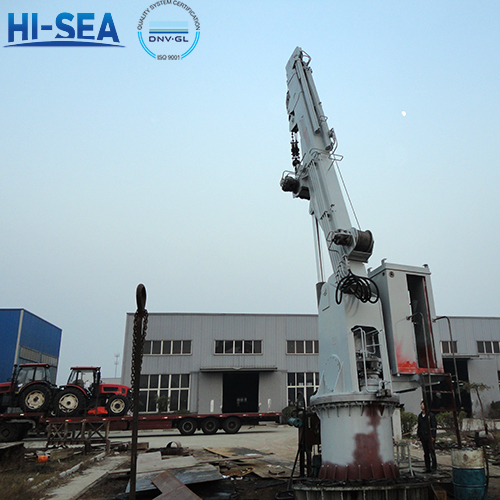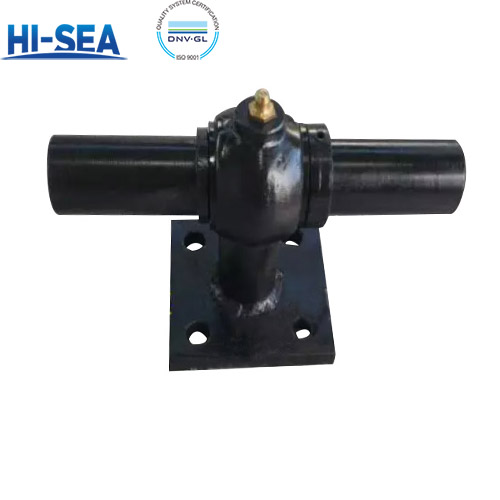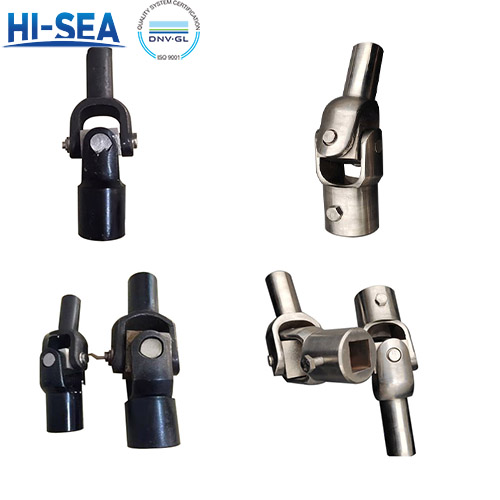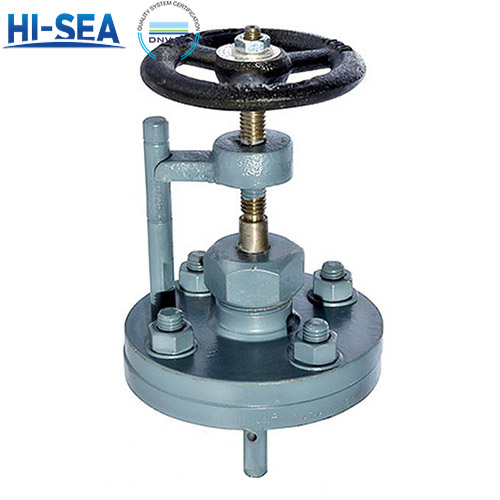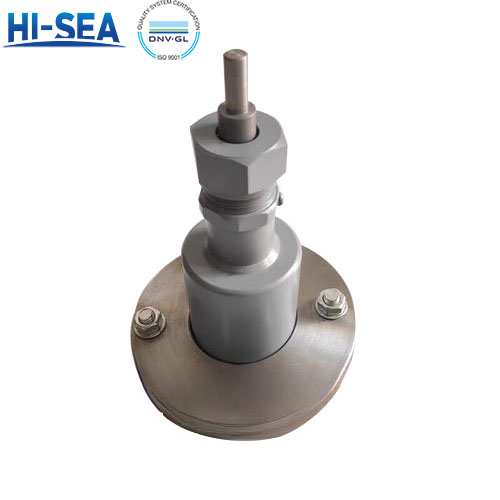
The use and maintenance of marine crane
The malfunction of the crane usually occurs during loading and unloading operations. Once a malfunction occurs, it will directly threaten the normal navigation and safety of the ship. The lessee's suspension of the lease will cause direct economic losses to the shipowner. In order to ensure the normal operation of the crane, we need to pay attention to the following points during use and maintenance: inspection before use, inspection during operation, inspection after use, alarm for high oil temperature, crane not moving, and some precautions.
Overview
What should we pay attention to when using and repairing?
Inspection before using the one gram crane
1. Safety devices: Before using the crane for loading and unloading operations at the port, the safety protection devices should be tested and confirmed to operate within the set range and play a protective role at a slow speed without load.
2 The brake device confirms that the cargo lifting (WeChat official account: shipping elite circle) and luffing brake solenoid valve act, the control oil path is smooth, and the brake pad braking function is normal.
3 Control lever: Confirm that the control lever is placed in the neutral position. If the control lever is not in neutral position, the electric locking device will limit the main motor from starting. Confirm that the position of the control lever travel switch is appropriate, otherwise high operating current can easily trip or even burn out the motor.
4. Cooling fan: In order to enhance ventilation and cool the oil temperature, the air door of the cooling fan must be in the open position. And when the main motor is not started, the cooling fan is in a locked state and cannot be started.
5. Pipeline joints: Confirm that there is no leakage or looseness in each pipeline and joint, and that their strength, quality, safety, and reliability, especially in connecting hoses. If there is looseness or leakage, necessary maintenance or replacement should be carried out in a timely manner, otherwise it may lead to serious falling accidents.
6. Oil level in oil tank: The hydraulic oil tank is equipped with a float type alarm device and a liquid level gauge. Before use, the oil level should be checked and kept in the normal position.
7. Filter cleaning: The main oil circuit and control oil circuit of the hydraulic system should be cleaned regularly.
8. If the crane is used in conjunction with a grab bucket, be sure to turn the switch on the control box to the "grab bucket" position. Otherwise, it is easy to cause overload tripping due to different loads. Inspection of various control switches and maintenance of contactors.
Inspection in operation
1. Measure the pressure at each measuring point in the hydraulic system to ensure it is within the specified range.
2. Check if the working current and rotation sound of each oil pump motor are normal, and if the fixing bolts are loose.
3. Is the limit switch activated in a timely manner.
4. Is the operation of each cable and steel wire guide wheel on the 4 lifting arms normal.
5. Is the braking effect of the 5 brake devices good.
Inspection after use
1. After using the 1-gram crane, the "main switch" on the control box should be disconnected.
2. Place the control lever in neutral position and close the doors and windows of the control room.
3. Check for any oil leaks in the equipment room. Close the cooling fan damper.
Alarm for high oil temperature, preventing the crane from moving
Take measures
1. First, check if the air cooler is working properly.
2. Stop the lifting operation, let the main motor run at no load, circulate the oil in the system, and continue working when the oil temperature drops to normal.
3. If the air cooler is too dirty, clean it.
4. Adjust the safety valve at the bottom of the oil pump to reduce the working pressure and lower the temperature.
Precautions
1. Before arriving at the port, strengthen refueling at each refueling point. The ship is equipped with a pneumatic butter gun, and it is best to use it for refueling. It must be observed from the side of the shaft until butter is squeezed out.
2. Pay attention to the inspection of the oil level in the oil tank and keep the hydraulic oil clean. Clean the oil return filter, clean the oil cooler, and inspect the screws at the foot of the rotating motor. If any oil leakage is found, tighten it immediately. It is best to equip each unit with two clean buckets for oil collection and reuse at any time.
3. The accessories of the crane on board should be sufficient in weight: the relief valve (A, B valves) of the multi way directional valve, a set of electromagnetic relief valves for the oil pump, two small and large oil pipe joints, a fine toothed hexagonal plug, and a unloading solenoid valve socket DC24V. Joystick switches, intermediate relays for lifting amplifiers, etc.
4. The liquid level gauge joint is rubber connected, and it is prone to aging and oil leakage after prolonged use or high temperature. It's best to replace it (if there are no spare parts, you can temporarily use screws to block it).
5. During loading and unloading, if you hear a sound from the bearings of the crane arm, immediately add butter and let the butter squeeze out.
6. If the route is long, the outlet valve of the oil tank should be closed, and attention should be paid to oil leakage from the outlet valve disc root. It must be tightened to minimize oil leakage (but this valve must be opened before arrival inspection and testing).
Hydraulic oil should be regularly sampled and sent to shore for testing. Because the quality of hydraulic oil directly affects the service life and safety factor of hydraulic equipment.
The normal hydraulic oil temperature should be maintained between 25-60 ℃. If the oil temperature is below 20 ℃, the oil tank should be continuously heated and operated at a slow speed until the oil temperature rises to 20 ℃. If the atmospheric temperature is between -10-5 ℃, apply and operate at a slow speed. The specific operation should be strictly carried out in accordance with the "Low Temperature Start Operation Procedure" in the manual.
For more marine crane information, kindly please click here.

